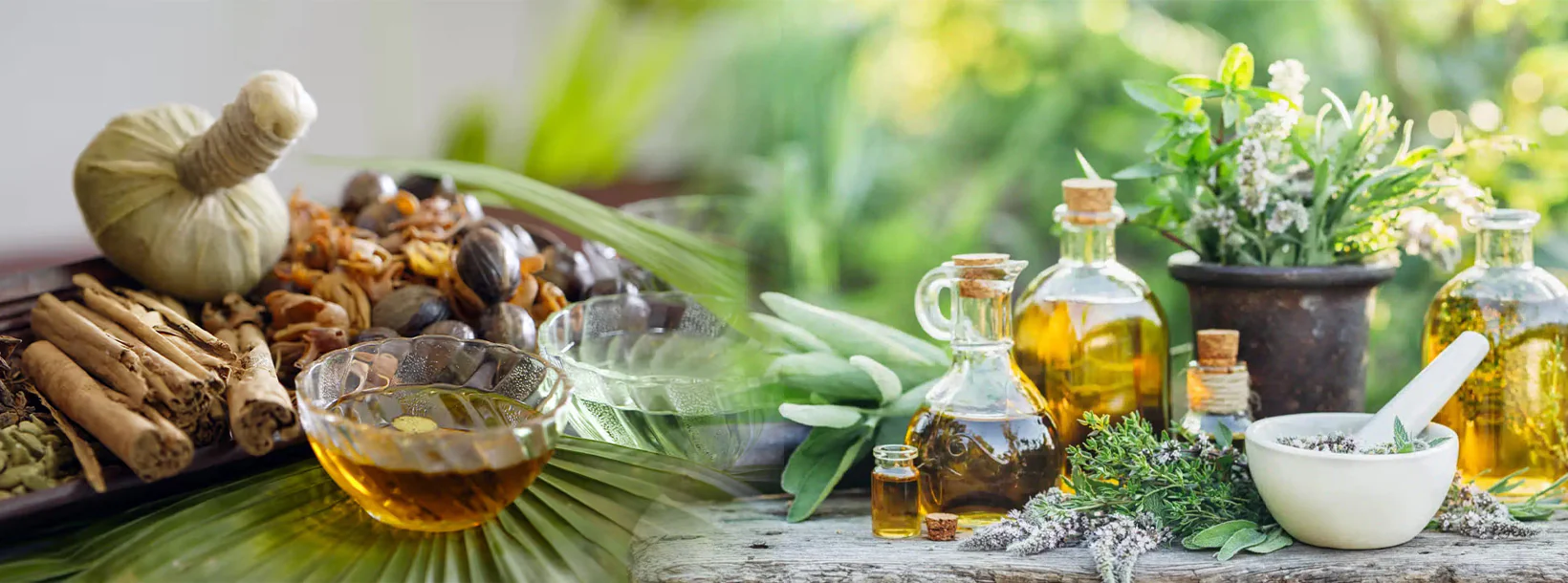
Ayurvedic Medicinal Plants
Sri Lanka's Ayurvedic tradition features a rich variety of medicinal plants used for centuries. Sri Lanka has a rich tradition of Ayurvedic medicine, drawing on its indigenous knowledge and a variety of medicinal plants. Here are some notable Ayurvedic medicinal plants found in Sri Lanka:
Madhuca longifolia
Madhuca longifolia, commonly known as the mahua tree, is a tropical species native to the Indian subcontinent and found in parts of Sri Lanka. It is a large, evergreen or semi-evergreen tree known for its cultural, medicinal, and economic significance in rural communities.
The tree produces fragrant cream-colored flowers rich in nectar, which are traditionally used to make fermented beverages and herbal remedies. Its seeds yield a valuable oil used in cooking, skincare, and traditional medicine. The bark, leaves, and flowers are also used in Ayurvedic formulations for treating skin conditions, inflammation, and respiratory issues.
Madhuca longifolia plays an important role in agroforestry systems, offering shade, biomass, and habitat for wildlife. Its flowers serve as a vital seasonal food source for bats, bees, and birds, contributing to the health of local ecosystems.
The tree thrives in dry, deciduous forests and can tolerate poor soils and drought conditions. Flowering typically occurs from March to May. Revered by indigenous communities, Madhuca longifolia continues to be valued for its ecological resilience and multifaceted uses.
Scientific Classification
| Common Name In Sri Lanka | Mee |
| Scientific Name | Madhuca longifolia |
| Kingdom | Planta |
| Family | Sapotaceae |
| Genus | Madhuca |
| Species | M. longifolia |
| Other Names: | Illupai (Tamil), Mousey Mi (English) |
| Average Height | Up to 30 meters |
-

Ankenda
Acronychia pedunculata -

Beli
Aegle marmelos -

Bakmi
Nauclea orientalis -

Bangwel-geta
Coscinium fenestratum -

Bukinda /Walkinda
Tinospora malabarica -

Bu- kobbe
Allophylus cobbe -

Dodan –kaha
Memecylon capitellatum -

Diyamitta
Cissampelos pareira -

Embul dodan
Citrus aurantium -

Gas nidikumba
Biophytun reinward -

Hintambala
Carmona microphylla -

Goraka
Garcinia cambogia -

Karapincha
Murraya koenigii -

Keppetiya
Croton laccifer -

Kohomba
Azadirachta indica -

Kotikan-bevila
Sida alba -

Kudumiris (Forest paper)
Toddlia asiatica -

Kurundu
Cinnamomum zeylanicum -

Mahakaramba
Carissa carandas -

Muna mal
Mimusops elengi -

Nelli
Phyltanthus emblica -

Puwak
Areca catechu -

Rath mal
Ixora coccinea -

Eepatta / Ruk - anguna
Alangium salviifolium -

Siyambala
Tamarindus indica -

Walangasal / Wal-embilla
Embelia ribes -

Wal Karapincha
Micromelum ceylanicum -

Welangiriya
Paramignya monophylla
Ayurvedic and Herbal
-
بلسم الأعشاب سيدهاليبا أيورفيدا
Regular price From 2.00 SARRegular priceUnit price / per2.00 SARSale price From 2.00 SAR -
أوراق قشطة لامبورا المجففة (جوانابانا، جرافيولا، جويابانو)
Regular price From 12.00 SARRegular priceUnit price / per9.00 SARSale price From 12.00 SAR -
لينك سواسثا ثريفالا (30 حبة)
Regular price From 8.00 SARRegular priceUnit price / per9.00 SARSale price From 8.00 SARSale -
زيت سيثسوا براناجيوا المعجزة
Regular price From 12.00 SARRegular priceUnit price / per15.00 SARSale price From 12.00 SARSale

















































